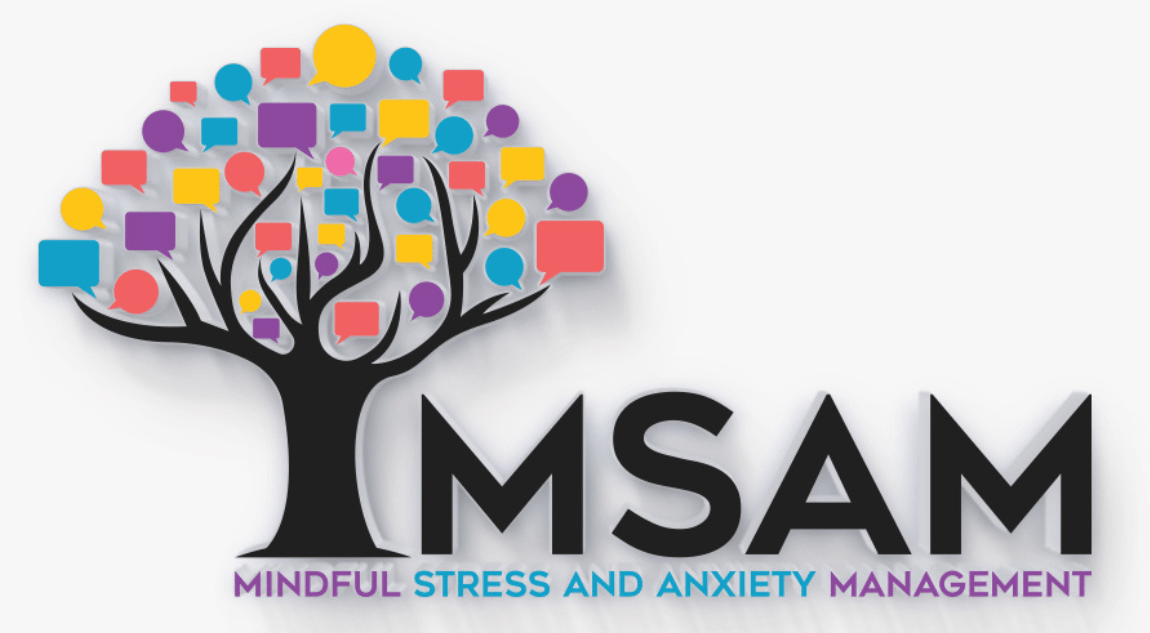You can learn to relate more skillfully to your emotions using mindfulness. A common mistake that we make, however, is depending on our rational, problem-solving mind to “fix” our negative emotions. Emotions are a complex fusion of feelings, thoughts, urges, and bodily sensations—you can only experience emotions, you cannot fix them.
Trying to Think a Feeling Away
If we try to get rid of sadness using rational, critical thinking, our mind will first look to our memory for other times we have felt like this. This is an effort to not repeat mistakes we have made in the past. If we can recognize a past mistake, we should be able to understand its cause and fix it. But in reality, this causes us to remind ourselves and re-experience that sadness and pain of that past mistake. When this happens, we often chide ourselves and ask “How did I let this happen? What is wrong with me?” This, then, leads our minds to search up other moments of sadness and pain. We end up remembering many instances in which we unsuccessfully dealt with fixing sadness, including this one.
We look at one memory after another, remembering how we failed to deal with each them. Then, we step into our rational inquiry and think “I shouldn’t feel this way” even as we watch our sadness increase. This experience leads us to conclude that our struggle shows personal weakness, and we start judging ourselves negatively. We begin to understand that we really should fix this, because it is getting worse and worse. Not only do we feel sad, but now we feel depressed and scared because of our attempts to fix the emotional distress and control the future! This can erode confidence in our ability to cope with our emotional life.
Mindfulness for Managing Emotions

Feelings must not explained, solved, or thought away, but felt. Paradoxically, if we allow a feeling to be felt as it is, it generally passes in time. We must learn to be with what we feel because thinking about our feelings does not replace being with our feelings. As you may have noticed, thinking in order to get rid of feeling often actually worsens your sadness.
With a commitment to the practice, mindfulness can provide a skill to achieve a more flexible approach to living. We can train ourselves to sit non-judgmentally with our feelings and thoughts. We all have the capacity for awareness of our own thinking and feeling. When we recognize this, we become better at seeing the bigger picture, and also begin to gain wisdom based on understanding the actual nature of our mind and body. This is much better than depending solely on our conceptual thinking and conditioning.
Another way that we can get stuck when we try to “fix” unpleasant emotions is by entering into a wishing ritual. We start comparing this moment with a moment that we want. The thought “I am sad and I want to be happy” can only lead to feelings of disappointment.
Self-Observation
The mind loves working on a problem. However, you can’t get from sad to happy by remembering all the times you were sad and then becoming self-critical for being unable to rid yourself of your sadness. Every time you wish that you were not so sad, you are rejecting the only moment you have. You are setting yourself up to take a mental wishing journey only to end up with disappointment. The brain is great at problem-solving, but it is not a good manager—that is our job. We are responsible for learning how our wonderful brain works best for us.
Though you may not have noticed it, you have been observing yourself your whole life. You have watched every choice you have ever made. Now, begin to learn to relate to life more directly through your experience:
“Pure awareness transcends thinking. It allows you to step outside the chattering negative self-talk and your reactive impulses and emotions. It allows you to look at the world once again with open eyes. And when you do so, a sense of wonder and quiet contentment begins to reappear in your life.”
Mindfulness: An Eight-Week Plan for Finding Peace in a Frantic World by Williams, M & Penman, D.
Conclusion: On Mindfulness
It is an interesting time for cognitive therapy: not only are Eastern and Western ideas being melded, but we are also seeing an interdisciplinary effort to understand and treat the causes of distress. Mindfulness-based therapies are one essential result of this work.
Mindfulness practices provide us with the tools and means to begin managing ourselves in a way that leads to learning to live a life we value at this moment, rather than being dragged through life on autopilot. Mindfulness offers the means to begin the work of improving ourselves by understanding the very nature of life and our own paths.
–MSAM

